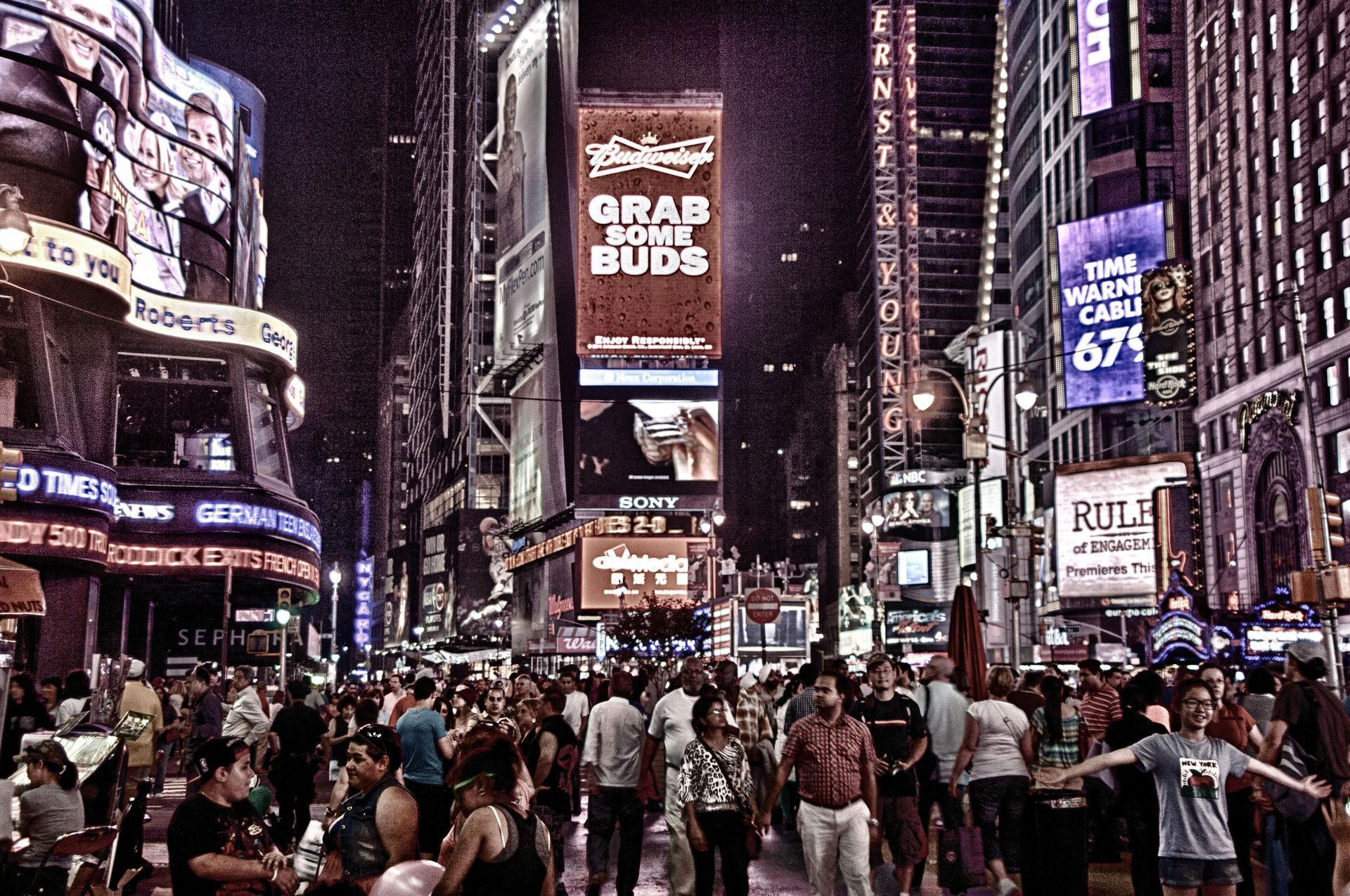How Augmented Reality is Shaping Fashion
The fashion industry is always on the cutting edge of innovation, constantly seeking new ways to captivate consumers and enhance their shopping experiences. One of the most significant technological advancements making waves in the fashion world is augmented reality (AR). AR blends the physical and digital worlds, creating immersive and interactive experiences transform how we shop, design, and interact with fashion. This article explores how augmented reality shapes the fashion industry and revolutionizes how consumers engage with fashion brands.
The Rise of AR in Online Shopping
Online shopping has become a staple of modern consumer behavior, but it comes with its challenges, especially in the fashion sector. The inability to try on clothes before purchasing often leads to dissatisfaction and high return rates. Augmented reality addresses this issue by providing virtual fittings, allowing customers to see how clothes will look on them without stepping into a physical store. This AR experience not only enhances customer satisfaction but also helps reduce returns, a significant concern for fashion retailers.
Virtual Fitting Rooms: A Game Changer
Virtual fitting rooms are the most exciting application of AR in fashion. Customers can virtually try on outfits from the comfort of their homes using their smartphones or AR-enabled devices. Brands like Zara and ASOS have already implemented virtual fitting rooms, giving shoppers a realistic sense of how garments will fit and look on their bodies. This technology utilizes advanced AR algorithms to ensure accuracy in size and fit, offering a more personalized shopping experience.
Enhancing Fashion Shows and Retail Spaces
Fashion shows are a cornerstone of the fashion industry, and AR is taking these events to new heights. With AR, fashion shows can transcend the physical limitations of the runway. Brands are now creating AR fashion shows where audiences can view 3D holograms of models wearing the latest collections through AR glasses or mobile devices. This broadens the audience reach and adds an interactive element, allowing viewers to engage with the designs in real-time.
Retail spaces are also being transformed by AR technology. Physical stores can offer AR mirrors that allow customers to see how they would look in different outfits without trying them on physically. These immersive experiences enhance the shopping experience and attract tech-savvy customers looking for innovative ways to shop.
Boosting Brand Loyalty and Customer Engagement
AR technology is a powerful tool for boosting brand loyalty and customer engagement. By offering unique and memorable experiences, fashion brands can differentiate themselves in a competitive market. AR enables brands to create interactive campaigns on social media, where users can try on virtual versions of products and share their experiences with their followers. This increases brand visibility and fosters a deeper connection with the audience.
For instance, luxury brands like Gucci and Dior have integrated AR into their marketing strategies, allowing customers to try on virtual accessories and makeup through social media platforms. These AR experiences drive engagement and create a buzz around new product launches, making customers feel more connected to the brand.
Reducing Returns and Improving Sustainability
One of the significant benefits of AR in fashion is its potential to reduce returns. With virtual fittings, customers can make more informed purchasing decisions, leading to fewer returns and exchanges. This not only improves customer satisfaction but also has a positive impact on the environment. The fashion industry is notorious for its high return rates, contributing to waste and carbon emissions. By reducing returns, AR helps fashion brands move towards more sustainable practices.
The Future of AR in Fashion Design
AR is not just revolutionizing the shopping experience but also transforming the design process. Designers can use AR to visualize their creations in a real-world context, making it easier to tweak and perfect designs before production. This technology allows for a more efficient design process, reducing the time and resources needed to bring a concept to life.
Moreover, AR can facilitate remote collaboration among design teams, enabling them to work together in a virtual space regardless of their physical location. This is particularly beneficial in a globalized industry like fashion, where teams often span multiple countries.
Meeting Customer Expectations in the Digital Age
Today's consumers have high expectations when it comes to technology and convenience. AR meets these expectations by offering a seamless and interactive shopping experience. Fashion brands that leverage AR technology are better positioned to attract and retain customers who value innovation and digital engagement.
Integrating AR into the shopping experience also aligns with the growing trend of experiential retail, where the shopping journey is as important as the product itself. By offering AR experiences, fashion brands can create memorable shopping journeys that resonate with modern consumers.
Conclusion
Augmented reality is reshaping the fashion industry in profound ways. From virtual fitting rooms and AR-enhanced fashion shows to interactive marketing campaigns and sustainable practices, AR is revolutionizing every aspect of fashion. As AR technology continues to evolve, its impact on the fashion industry will only grow, offering endless possibilities for innovation and customer engagement. Fashion brands that embrace AR will stay ahead of the curve and create more meaningful and enjoyable experiences for their customers.
TALK TO A PRO
We're here to bring your brand to life!
Stay Connected with BrandXR
Thank you for signing up to our monthly newsletter.
Please try again later.
Create Augmented Reality for Free!
Create, Publish, and Measure 3D Augmented Reality Experiences Without Having to Code.










SUPPORT
Detroit
Saudi Arabia
BrandXR. All Rights Reserved. Website designed by Unleash Media.




